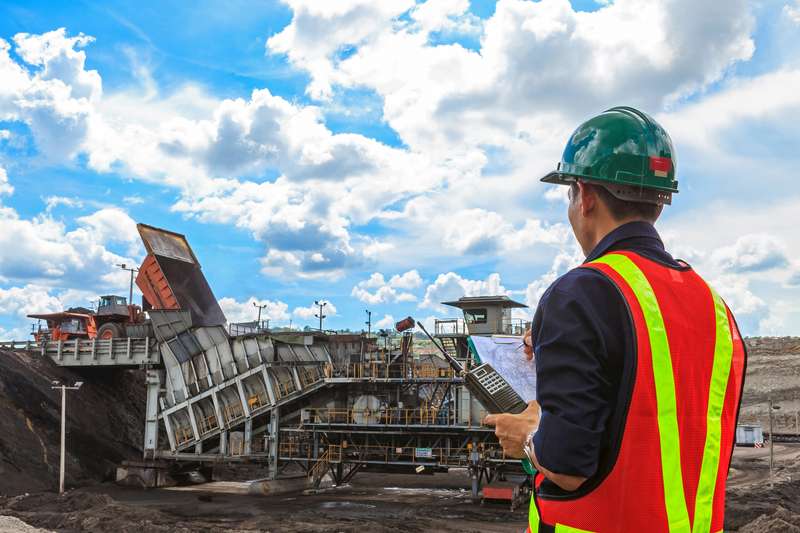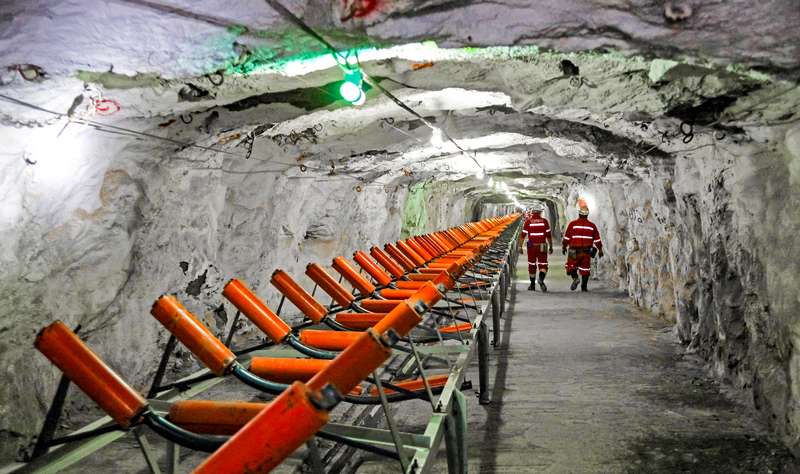Our client operates in over 30 countries and is one of the largest diversified mining companies in the world. The organisation has a “unique,” strong and remarkable culture, consolidated in its more than 50 years of history. So, it is not easy to change culture BUT, it is vital.
Why was the change so important? Our client operates in a traditional sector with a high-risk of accidents, which is undergoing profound transformations as ESG policies advance. In this new context, the business strategy requires changing from a conservative and traditional culture to a culture of learning, collectivity and humility. This new culture can lead the business to innovation, openness and safety, which are necessary for the company's survival.
Our journey with this client has involved a lot of learning - learning about how to support a client with such complexity, due to their extensive culture change and the size and diversity of their businesses.


Several interventions were made, at the same time, in different layers of the organisation to promote a sustainable change:
3: Integrated Culture Plan: While the Executive Team evolved in their Leading by Example program, a process of immersion in the new culture was created, so that practical learning could consolidate the desired changes:

Head Office / Europe:
+31 (0) 20 240 2233
North America:
+1 (0) 212 417 0221
UK: +44 (0) 207 100 6999
Asia Pacific: +61 (2) 8310 5285
Brazil & Latin America: +55 (11) 932 500 683
(WhatsApp available)